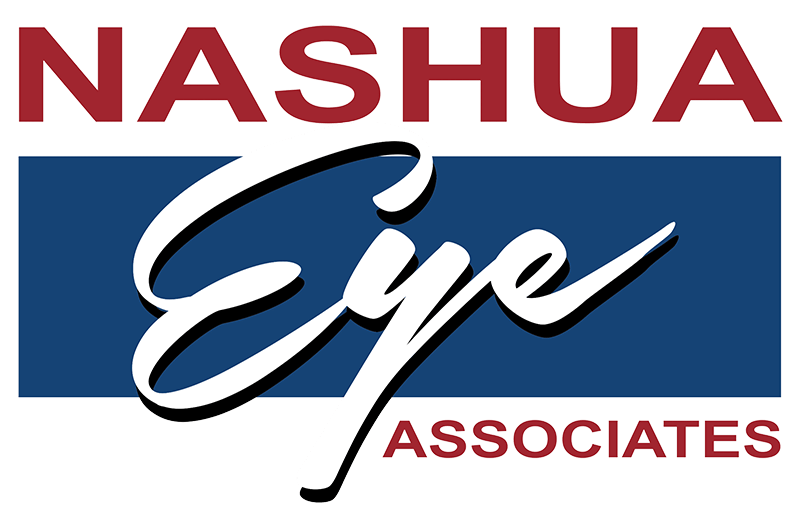
Dry eye disease is one of the most common reasons for visits to eye care providers. Dry eye causes burning, foreign body sensation, redness, and pain. Some patients are symptomatic with blurry or fluctuating vision. A minority of patients with dry eye will develop nerve damage on the ocular surface that results in scarring and poor vision.
A number of underlaying reasons may be responsible for dry eye. One of the most important is inflammatory, which includes autoimmune disease such as rheumatoid arthritis, Sjogren’s disease and Lupus.
Historically inflammatory dry eye patients have benefitted from lubricants and topical anti-inflammatory medications, such as cyclosporine (Restasis) or lifitegrast (Xiidra).
Increasingly, evidence supports using autologous serum tears for patients with severe inflammatory dry eye. Serum is the liquid portion of an individual’s blood after it has been centrifuged to remove the cellular components. “Autologous” refers to using an individual’s own blood product. Biochemical similarities between an individual’s serum and natural tears make serum tears therapeutic.
Autologous serum tears contain epidermal growth factor (EGF), fibronectin and vitamin A, which support the proliferation and maturation of cells on the ocular surface. Serum also contains IgG, lysozymes and complement, which have antibacterial properties.
Nashua Eye now offers autologous serum tears therapy for severe inflammatory dry eye. Serum Tears can be an important part of an ocular surface disease treatment regimen.
Autologous serum tears therapy involves having blood drawn in a sterile fashion and centrifuged. The serum portion of tears is combined with a saline vehicle in an established proportion. Three serem tear vials are dispensed to the patient. This performed at Nashua Eye and takes approximately 30-40 minutes. The patient keeps two vials in their freezer and begins using one vial, typically one drop four times per day. The open vial is kept refrigerated. Special care is taken to reduce contamination of the open vial. Bacteria may be introduced to the surface of the eye, a surface which is already an infection risk because of chronic disease.
One vial lasts for one month, so that a three month supply is dispensed. As an individual approaches the end of three months, they return for blood draw and the process is repeated.
If you are interested in learning more about autologous serum tears, call to make an appointment with Nashua Eye Associates.




